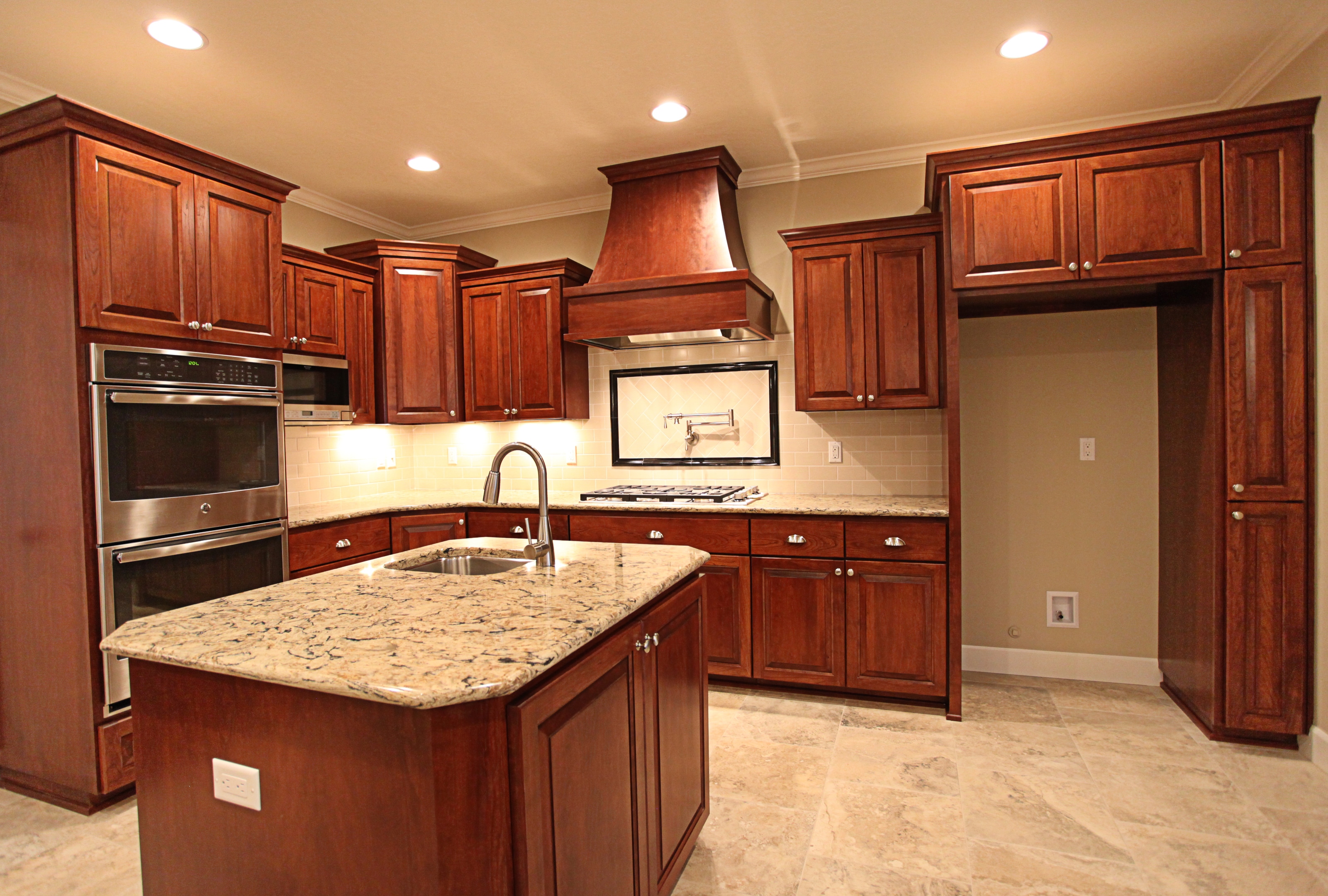Types of Cabinets that Sit on Top of Counters

Cabinets that sit on top of counters offer a unique and versatile solution for maximizing storage space in any kitchen, bathroom, or even home office. These cabinets are typically smaller than traditional floor-mounted cabinets and come in a variety of styles and materials to suit different design preferences and functional needs.
Types of Cabinets that Sit on Top of Counters
Countertop cabinets provide a practical way to utilize the often-wasted space above countertops. Here’s a breakdown of the common types, materials, and functionality:
Wall-Mounted Cabinets
Wall-mounted cabinets are the most common type, offering a simple and efficient way to add extra storage. They are typically made from wood, laminate, or metal, and come in various sizes and configurations to suit different needs. Wall-mounted cabinets are great for storing items you use frequently, such as dishes, glasses, or spices.
- Open Shelving: Open shelving units provide easy access and a modern aesthetic, perfect for displaying decorative items or showcasing your favorite kitchenware.
- Closed Cabinets: Closed cabinets with doors offer a more traditional look and help keep items hidden and dust-free.
- Glass-Front Cabinets: Glass-front cabinets allow you to display your belongings while still protecting them from dust and grime. They’re ideal for showcasing fine china or glassware.
Floating Cabinets
Floating cabinets offer a sleek and contemporary look, giving the illusion that they are suspended in mid-air. They are often made from wood or metal and are typically mounted to the wall with concealed brackets. Floating cabinets can be used for storing a variety of items, from books and decorative pieces to kitchen essentials.
Corner Cabinets
Corner cabinets are a space-saving solution for maximizing storage in awkward corners. They are available in a variety of shapes and sizes, including L-shaped and curved designs. Corner cabinets are often used for storing bulky items, such as pots and pans, or for creating a dedicated pantry area.
Cabinet-Style Shelves
These shelves are designed to resemble cabinets, offering a combination of open and closed storage. They typically have a base and side panels, creating a more enclosed feel than traditional open shelves. Cabinet-style shelves are perfect for displaying items while still providing some protection from dust and clutter.
Material Considerations
The material used for countertop cabinets can significantly impact their style, durability, and price.
- Wood: Wood cabinets offer a classic and elegant look, but they can be more expensive than other materials. Popular choices include oak, maple, and cherry.
- Laminate: Laminate cabinets are a budget-friendly option that offers a wide range of colors and patterns. They are also durable and easy to clean.
- Metal: Metal cabinets are a modern and sleek option, often used in contemporary kitchens. They are durable and resistant to moisture, making them suitable for bathrooms and other humid areas.
Benefits and Considerations: Cabinets That Sit On Top Of Counter

Cabinets that sit on top of counters offer a unique blend of functionality and aesthetics, adding a touch of elegance and practicality to your kitchen or bathroom. These cabinets, often referred to as “wall-mounted cabinets,” can transform your space by maximizing storage and enhancing the overall design. However, like any design choice, there are advantages and disadvantages to consider before embarking on this decorating adventure.
Advantages of Top-Mounted Cabinets, Cabinets that sit on top of counter
- Increased Storage Space: The most obvious benefit is the additional storage space they provide. By utilizing the vertical space above your countertops, you can free up valuable floor space and create a clutter-free environment. Imagine a world where all your kitchen gadgets and bathroom essentials have a designated place, accessible yet out of sight. This can be particularly beneficial in smaller kitchens or bathrooms where every inch counts.
- Enhanced Countertop Functionality: By elevating your cabinets, you free up valuable countertop space, allowing for a more spacious and functional work area. Imagine having ample room to prepare meals, spread out your baking supplies, or enjoy a leisurely breakfast without feeling cramped. It’s like having a whole new world of counter space at your fingertips.
- Aesthetic Appeal: Top-mounted cabinets can add a touch of elegance and sophistication to any room. Their sleek lines and modern design can complement a variety of décor styles, from minimalist to traditional. Imagine your kitchen or bathroom transformed into a haven of style and organization. The possibilities are endless.
Potential Drawbacks of Top-Mounted Cabinets
- Limited Countertop Space: While top-mounted cabinets can increase overall storage space, they can also reduce the available countertop area. This can be a challenge if you have a small kitchen or bathroom and require ample counter space for food preparation or daily routines. It’s like a game of Tetris, balancing the need for storage with the desire for a spacious countertop.
- Installation Complexity: Installing top-mounted cabinets can be more complex than installing traditional base cabinets. You’ll need to ensure proper support and stability, and may require professional assistance for a secure and level installation. It’s not as simple as just placing the cabinet on top of the counter; you’ll need to consider factors like wall construction and weight distribution.
- Accessibility Issues: Depending on the height of your countertop and the size of the cabinets, accessing items stored in top-mounted cabinets can be challenging, especially for individuals with limited mobility. It’s like reaching for the stars – you’ll need a good step stool or a well-trained monkey to retrieve those hard-to-reach items.
Design and Installation

Installing cabinets on top of your counters is a great way to add extra storage and functionality to your kitchen or bathroom. However, there are some key considerations and steps involved in designing and installing these cabinets to ensure they fit perfectly and look great.
Design Considerations
Before you start building or buying cabinets, it’s crucial to plan the design. This includes determining the cabinet’s size, style, and placement, as well as choosing the right countertop material.
Cabinet Size and Style
The size and style of your cabinets should complement the existing countertop and overall design of the room. For instance, if your countertop is sleek and modern, you might want to choose cabinets with clean lines and minimalist hardware. If your countertop is more traditional, you might want to choose cabinets with ornate details and decorative hardware.
Countertop Material Compatibility
The countertop material you choose can significantly affect the installation process and the overall look of your cabinets. Here are some common countertop materials and their compatibility with top-mounted cabinets:
- Granite: A durable and elegant choice that can withstand the weight of cabinets. However, it’s important to note that granite countertops can be quite heavy, so you may need to reinforce the cabinets to support the added weight.
- Quartz: A popular choice for its durability, stain resistance, and variety of colors and patterns. Quartz countertops are generally lighter than granite, making them a good option for less-sturdy cabinets.
- Laminate: A cost-effective option that comes in a wide range of colors and patterns. Laminate countertops are typically lighter than granite and quartz, making them a good choice for cabinets that are not designed to support heavy loads.
- Solid Surface: A non-porous material that is easy to clean and maintain. Solid surface countertops are available in a wide range of colors and patterns and are generally lighter than granite and quartz.
Cabinet Placement
The placement of your cabinets is essential for functionality and aesthetics. Consider the following:
- Accessibility: Ensure the cabinets are easy to reach and use, especially if you plan to store frequently used items.
- Aesthetics: Choose a placement that complements the overall design of the room. For example, if you have a large kitchen island, you might want to place cabinets on the island to create a cohesive look.
- Structural Considerations: Make sure the cabinets are placed on a stable surface that can support their weight. You may need to reinforce the countertop or the wall behind the cabinets if necessary.
Installation Process
Once you have a clear design in mind, you can start the installation process. This process typically involves the following steps:
Preparation
- Measure the Countertop: Before purchasing cabinets, accurately measure the countertop space where you want to install them. Consider the depth, width, and height of the space.
- Choose Cabinets: Based on your measurements and design preferences, select cabinets that fit the space and your style. Ensure the cabinets are compatible with the countertop material and have the necessary features, such as adjustable shelves and doors that open easily.
- Gather Tools and Materials: Gather the necessary tools and materials, including a level, drill, screws, and any other tools specific to the cabinet type.
Installation
- Secure the Cabinets: Use screws or other fasteners to secure the cabinets to the countertop. Ensure the cabinets are level and stable.
- Attach Hardware: Install any necessary hardware, such as doors, drawers, and hinges. Ensure the hardware is securely attached and functions smoothly.
- Clean Up: Once the installation is complete, clean up any debris and dispose of it properly.
Important Considerations
- Weight Distribution: If you are installing heavy cabinets on a countertop, ensure the countertop can support the weight. You may need to reinforce the countertop or the wall behind the cabinets.
- Access to Utilities: If you are installing cabinets near plumbing or electrical outlets, make sure you have easy access to these utilities for maintenance and repairs.
- Professional Installation: For complex installations or if you are unsure about any aspect of the process, it’s best to consult a professional installer.
Cabinets that sit on top of counters offer a unique aesthetic, allowing for a more open and airy feel in your kitchen. To elevate this design choice, consider incorporating craftsman style cabinet doors for a touch of timeless elegance. These doors, with their simple lines and natural wood finishes, seamlessly complement the open counter space, creating a cohesive and inviting atmosphere in your kitchen.
Cabinets that sit on top of counters can add a touch of elegance and functionality to any kitchen. But achieving that perfect, polished look requires more than just beautiful hardware. Ensuring your cabinet doors hang perfectly level is crucial. Learn how to level cabinet doors and your kitchen cabinets will become a testament to your design prowess.
From the countertop to the top of the cabinet, every detail will shine with a sense of harmony and precision.
